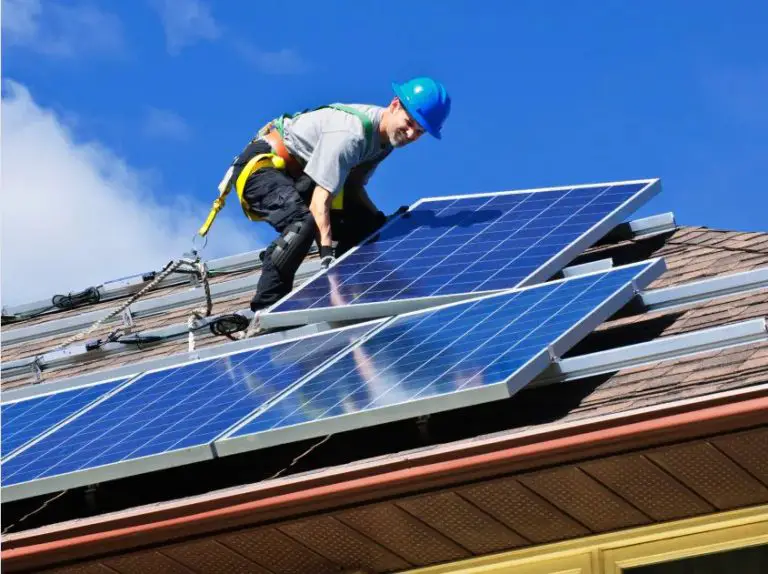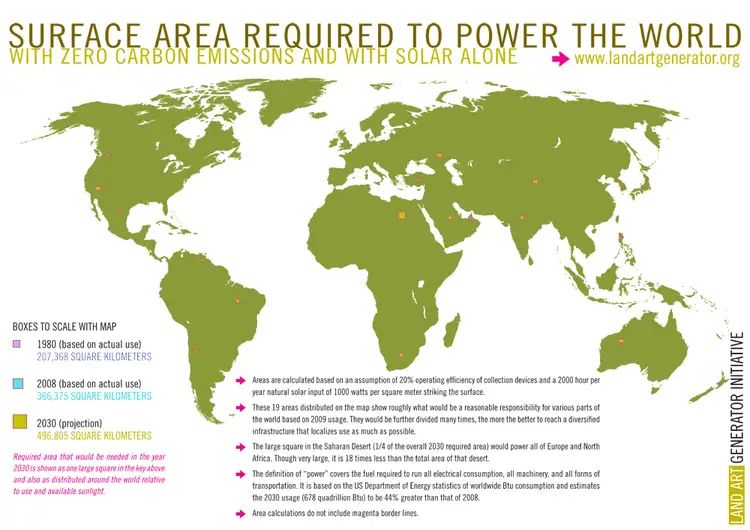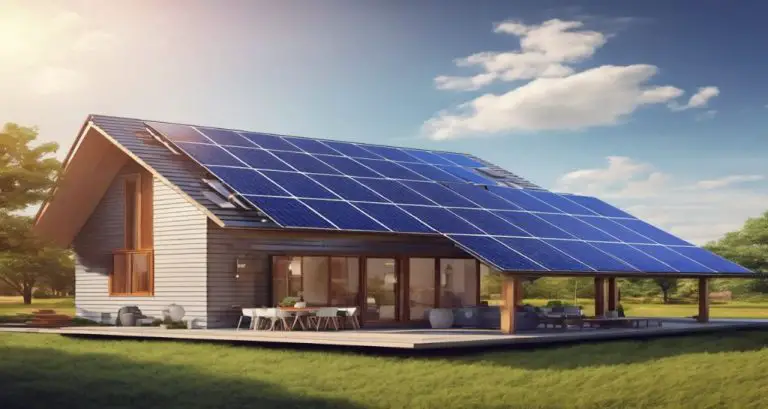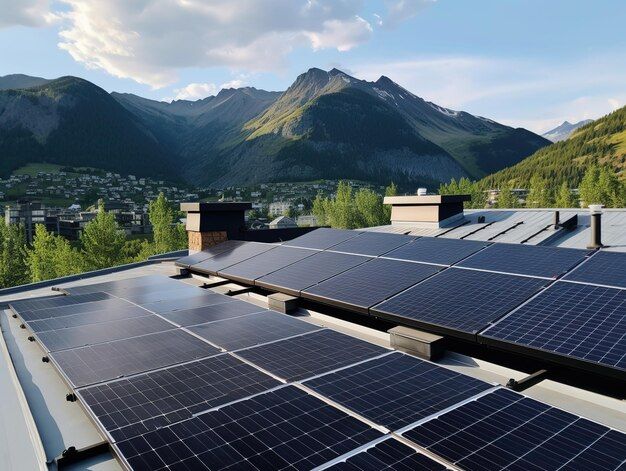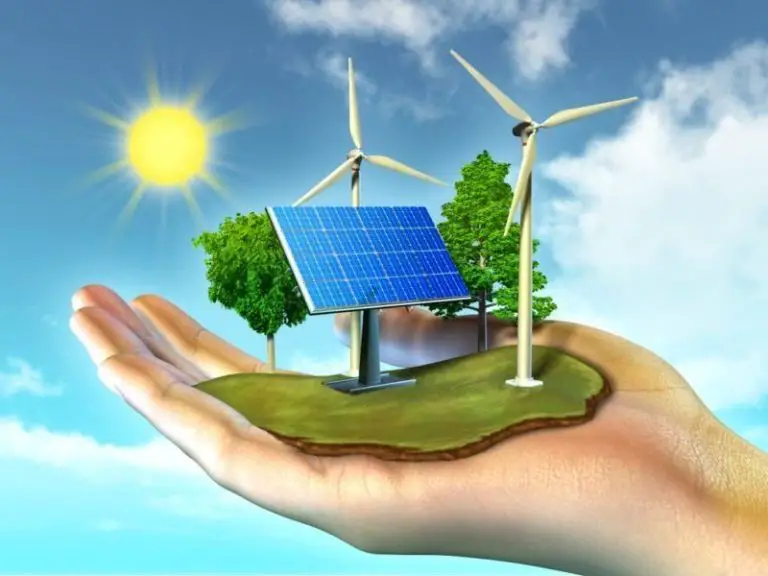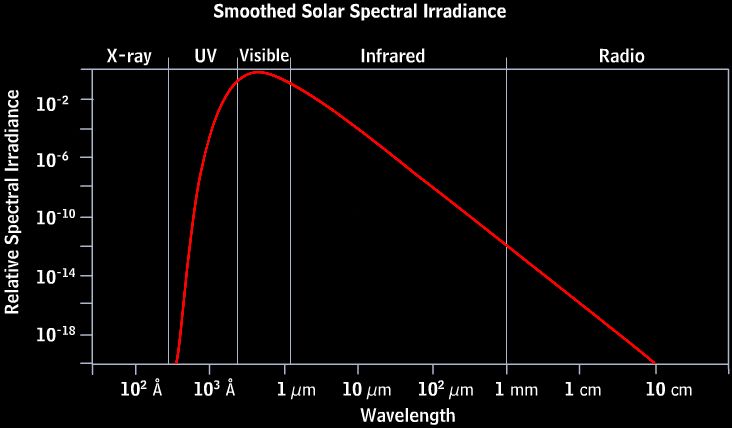Is Solar A Good Thing?
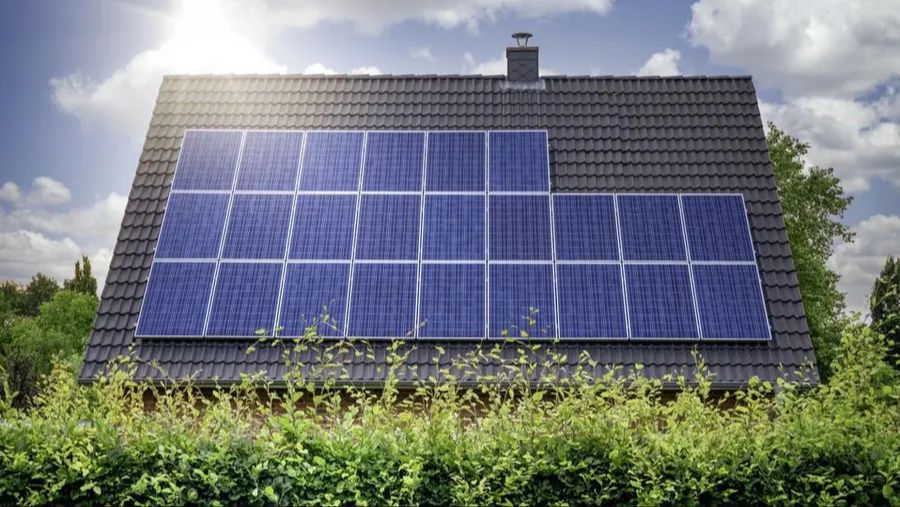
Solar energy has experienced rapid growth over the past decade as costs have fallen and more homes and businesses adopt solar panels. The amount of solar energy capacity in the United States has increased over 40-fold since 2008. This growth is driven by several benefits of solar power, as well as advances in solar panel technology that have made it more affordable.
This article provides an overview of the pros and cons of solar energy. It looks at key benefits like cost savings, energy independence, and job creation. Limitations like upfront costs and land use are also examined. Finally, the article considers future improvements that may allow solar to become an even larger part of the energy mix.
Benefits of Solar
Solar energy is a clean and renewable energy source. Unlike fossil fuels, generating electricity from sunlight does not release greenhouse gases or other air pollutants ([1]). Solar panels produce electricity without any moving parts or emissions. Once installed, solar energy can provide households with pollution-free electricity for decades.
Lower Electricity Costs
Installing solar panels on your home can significantly reduce your monthly electricity bills. According to research by Palmetto, solar panels can help homeowners save up to 62% on their electric bills (source). This is because solar panels generate electricity from sunlight, reducing the amount of electricity that needs to be purchased from the utility company. The more solar panels installed, the greater the bill savings.
Specifically, solar panels in sunny climates like Arizona or Florida can lower electricity costs to around 8 cents per kWh, much less than utility rates which average 13 cents per kWh nationally (source). Homeowners with solar can save hundreds per month, with exact savings dependent on factors like solar panel system size, electricity usage, and local electricity rates. While solar requires an upfront investment, the long-term savings on electric bills make it financially worthwhile for many homeowners.
Energy Independence
Using solar power makes homeowners and businesses more energy independent by producing their own electricity and relying less on the grid. As of 2022, installing a properly-sized home solar system can provide up to 85% or more of a household’s electricity needs and help reduce their electricity bills significantly (Source). For the country as a whole, adopting more solar power improves energy security by requiring less imported fossil fuels. According to one analysis, solar could realistically produce a quarter of U.S. electricity by 2030 (Source). Solar energy experts note that true energy independence means producing at least as much energy as you use. With enough storage capacity, carefully-planned solar systems can allow households and even communities to be self-sufficient for their electricity needs.
Job Creation
The solar industry is creating a significant number of jobs worldwide. According to the Bureau of Labor Statistics, the solar industry includes jobs in science, engineering, manufacturing, construction, and installation [1]. The United Nations reported that renewable energy employment worldwide reached 12.7 million in 2021, an increase of 700,000 jobs in just one year. This growth occurred despite the economic challenges of the COVID-19 pandemic [2]. In the United States, about two-thirds of solar jobs are in installation and project development. Other solar jobs are in manufacturing, wholesale trade, distribution, and operations and maintenance [3]. The solar industry is a significant and rapidly growing source of employment.
Limitations of Solar Energy
While solar energy has many benefits, it also comes with some limitations. Two of the biggest challenges facing solar power are its intermittent nature and difficulties with energy storage.
Solar panels only produce energy when the sun is shining. At night or on cloudy days, solar panel output diminishes greatly. This intermittent power production creates difficulties for relying on solar as a consistent energy source. When the sun isn’t shining, backup power sources are needed to meet electricity demand. This intermittency issue can be partly addressed by pairing solar installations with battery storage, but large-scale, cost-effective storage remains a hurdle.
Batteries can store solar energy for use when the sun isn’t shining, but they add significant cost. Current battery technology also lacks the large storage capabilities required for city-scale solar installations. Research is ongoing into improving battery tech and developing alternative storage solutions, like pumped hydro and compressed air storage, but storage remains an obstacle for solar.
These solar limitations don’t preclude it from playing a major role in the renewable energy transition. But overcoming intermittency and storage issues will be key to enabling solar to reach higher levels of penetration as a share of total electricity generation. Further advances in battery tech, smart grids, and other storage solutions can help maximize solar’s potential as a mainstream energy source.
High Upfront Costs
Solar panels do come with high initial costs due to equipment and installation charges. According to NerdWallet, the average cost to install residential solar panels falls between $2.50 and $3.50 per watt. For a typical 6kW system, this results in an installation cost between $15,000 and $21,000 before incentives. Homeowners can expect to pay anywhere from $4,500 to $36,000 depending on system size, equipment, and installation costs in their area according to Forbes. While the initial investment for solar is significant, the energy savings over the system’s lifespan often offset these upfront costs.
Aesthetics and Land Use
One potential downside of solar power is that solar panels can take up a significant amount of space and some find them unattractive.
Large solar farms built on open land can be seen as eyesores by nearby residents or an inefficient use of land by some critics (Sánchez-Pantoja, 2018). However, others argue solar farms can have an aesthetic appeal of their own when the panels are aligned in pleasing patterns (Energy5).
Rooftop solar panels on homes also take up space and may be considered unsightly by some homeowners or neighborhoods aiming for a certain aesthetic. This can create objections to residential solar installations.
Overall, the visual impact of solar panels is subjective. But the land use requirements can be a valid practical concern regarding large-scale solar farms built on open spaces.
Future Improvements
While solar power has advanced significantly in recent years, even higher efficiency solar panels are on the horizon. Researchers are developing new materials and technologies to wring more electricity out of every ray of sunshine.
One promising area of research is perovskite solar cells. As explained in a 2023 Mother Jones article, perovskites are “cheap, easily producible crystals with atomic structures that are particularly adept at absorbing light.” “Revolutionary” Breakthrough Boosts Solar Panel Efficiency. Combining perovskites with traditional silicon solar cells in tandem configurations can achieve efficiency levels beyond 30%, a major jump from the 15-20% efficiency of most panels today. Perovskite-silicon tandem solar cells could become commercially viable within 5-10 years.
Other researchers are finding ways to produce more electricity from the same amount of sunlight by stacking multiple ultra-thin solar cell layers, arranging cells to better capture angled light, and incorporating mirrors or lenses to concentrate light. Efficiency gains through these techniques could further reduce solar power costs in the future.
On the storage side, batteries that can soak up excess solar power during peak production and discharge electricity when the sun isn’t shining are key to making solar power more practical and reliable. Storage technology is rapidly improving through the use of alternative battery chemistries and smarter software-defined storage. Widespread energy storage will enable greater utilization of solar electricity.
Conclusion
In summary, solar power offers many benefits but also has some limitations. On the positive side, solar can lead to lower electricity costs once the initial investment has been recouped, provides energy independence by allowing homes and businesses to generate their own electricity, and creates many new jobs in the solar industry. However, the high upfront costs can deter adoption, large solar farms may raise aesthetic and land use concerns, and improvements in storage technology are still needed to maximize solar’s around-the-clock potential.
Overall, solar power can be an excellent choice for many homeowners, businesses and utilities looking to harness renewable energy. With solar costs continuing to fall and technology advancing, solar is poised to play a major role in the world’s clean energy future. But all energy sources have their advantages and disadvantages, so the best approach is one that incorporates a diverse mix of renewables and traditional sources to meet our needs reliably, affordably and sustainably.

